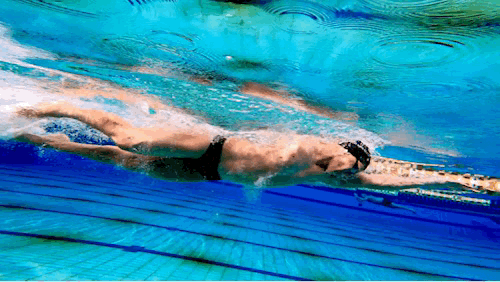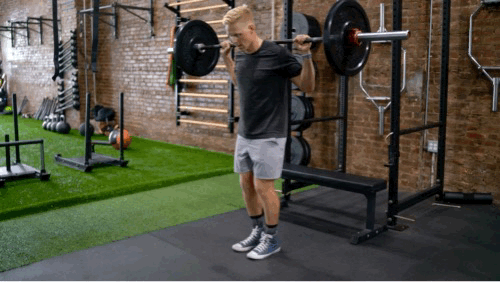5 Reasons Every Swimmer Should Lift Weights
/Injury Prevention - repetitive tasks can lead to muscular imbalances. Over-developed, weak, or tight muscles, lack balance, putting joints and tissues under undue strain. Sports often involve repetitive and overdeveloped movement patterns at the expense of others. A smart strength training plan is designed around muscular balance, developing opposing joint actions, moving the body through multiple planes of movement.
Mobility - both too little or too much can pose problems. Despite the myths, competitive lifters often have the best mobility, and the lowest incidence of injury. A balanced strength training program trains and develops strength through all the joint actions, full ranges of motion, and all planes, stretching and mobilizing restricted patterns, while stabilizing hyper mobile patterns. Muscular balance leads to centered joints and centered joints move unrestricted.
Efficiency - on theme with mobility, a centered joint moves efficiently. Tight stiff muscles are like having the breaks on, with the body working harder to move through restricted motions. Loose hyper mobile tissues are like over stretched rubber bands lacking elasticity and tone. A fit, strong, and powerful muscle produces force economically, with greater ease, and for greater durations, than a weak one.
Endurance - exclusively developing type one slow twitch aerobic muscle fibers can come at the expense of type two fast twitch anaerobic fibers, not to mention the intermediate fibers than can take on additional fast aerobic characteristics. The swimmer who can perform 10-20 pull ups can sustain similar or fewer stroke counts at higher and sustained velocities in the pool.
Speed - once stroke tempo is optimized and maxed out, the only way to get faster, is greater force production at that stroke rate. Improved force production can only come from overloading those muscles and patterns with external load.







